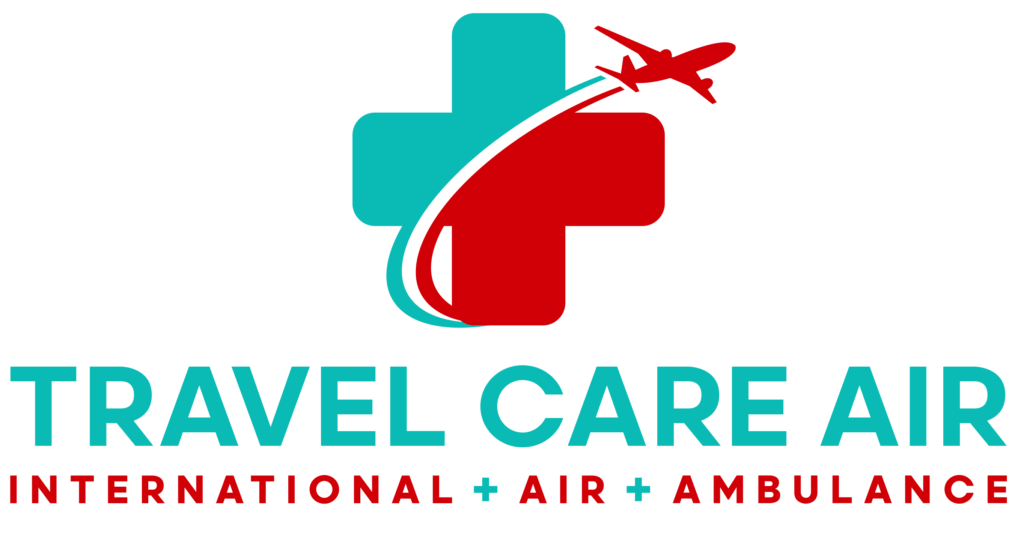When minutes matter, families often ask about Medicare air ambulance coverage. The short answer: Medicare can cover air transport, but only under strict conditions. Use this guide to see when coverage applies, what bills to expect, and how to reduce surprise costs.
When Medicare Part B covers air transport
Medicare Part B may pay for air ambulance transport when it’s medically necessary and reasonable. In practice, that usually means:
-
The patient’s condition makes ground transport unsafe or impossible.
-
The destination is the nearest appropriate facility that can provide required care.
-
The transport type (helicopter or fixed-wing) matches medical need and distance.
If Medicare decides a flight wasn’t medically necessary—or a closer appropriate hospital was available—it can deny or reduce payment.
Planning a budget? Start with How Much Does an Air Ambulance Cost? and the broader Air Ambulance Cost Guide.
What you’ll owe under Part B
With approved Medicare air ambulance coverage, you typically pay:
-
The Part B deductible (if not yet met), then 20% coinsurance of the Medicare-approved amount.
-
Any portion Medicare denies (for example, non-nearest facility or non-medical add-ons).
Provider participation matters
Ask whether the transport company accepts Medicare assignment. If it doesn’t, you may face balance billing—the difference between the provider’s charge and the Medicare-approved amount. Whenever possible, choose a provider that accepts assignment to limit out-of-pocket costs.
Medicare Advantage (Part C) can differ
Medicare Advantage plans must cover at least what Original Medicare covers, but rules, networks, prior authorizations, and copays vary. Check your Evidence of Coverage for air ambulance specifics. If the plan requires preauthorization (emergencies excepted), make sure the hospital and transport team notify the plan promptly.
Comparing options? See Will My Health Insurance Pay for an Air Ambulance?.
Medigap and supplemental protection
A Medigap policy can cover the Part B coinsurance and some deductibles when Original Medicare approves the claim. It won’t override medical-necessity denials. For travelers, consider travel insurance or evacuation benefits that address gaps:
Practical steps before and during a transport
-
Confirm medical necessity. Ask the physician to document why air—not ground—transport is required and why the destination is the nearest appropriate facility.
-
Verify assignment. Ask the air provider if it accepts Medicare assignment; request the billing code set (HCPCS) they’ll submit.
-
Capture the paper trail. Keep the physician certification statement, run sheets, and receiving-hospital acceptance note.
-
Call the plan (MA only). For Medicare Advantage, notify the plan and confirm any authorization requirements as soon as feasible.
-
Plan for what Medicare won’t cover. Use Medigap, travel insurance, or personal funds for non-covered segments or upgrades.
Bottom line
Medicare air ambulance coverage exists, but it’s conditional. Document medical necessity, choose assignment-accepting providers, and line up supplemental coverage to limit surprises. If you need help coordinating a covered transfer—or weighing cost-saving alternatives like commercial medical escort—we’re here to guide you.
